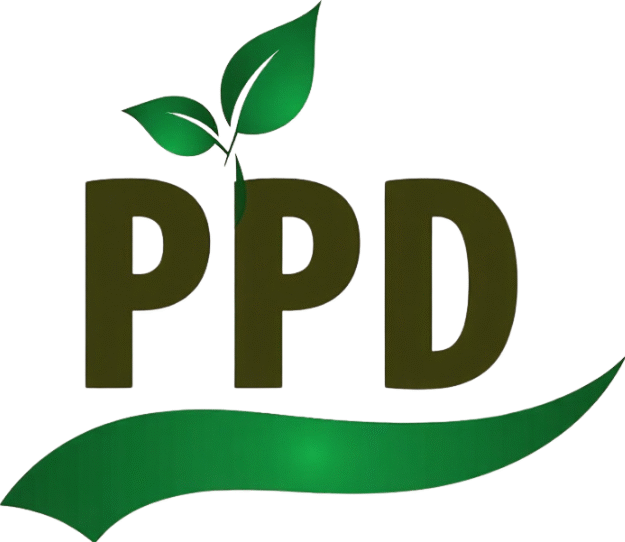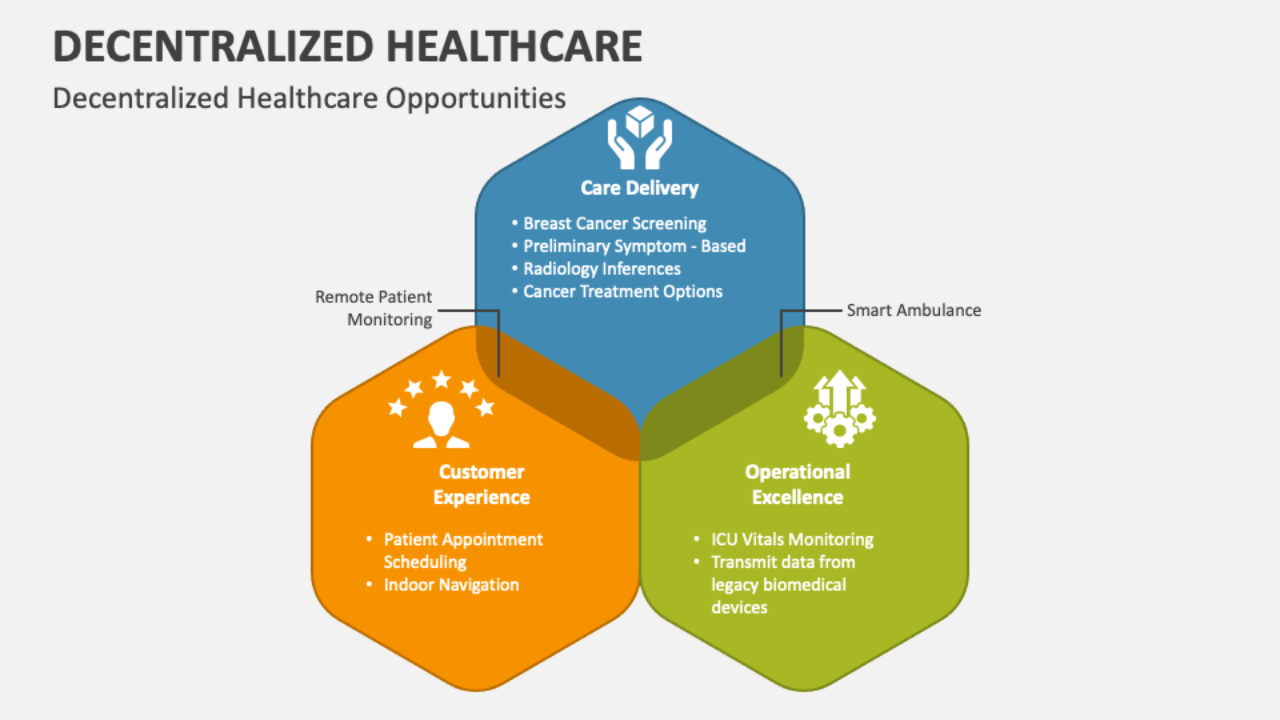
Introduction
The decentralization of plant health governance is an emerging trend in agricultural administration across many developing nations, including Myanmar. This shift involves transferring responsibilities for plant protection services from central government bodies to regional, state, and local authorities. While decentralization brings the promise of faster responses, local customization, and community engagement, it also poses significant risks if not properly managed.
This article explores the opportunities and challenges of decentralizing plant health governance, focusing on how to strike the right balance between local empowerment and national coordination.
What is Decentralized Plant Health Governance?
Decentralized plant health governance refers to a system where regional and local governments are empowered to take responsibility for:
- Pest surveillance and management
- Quarantine enforcement
- Farmer education on plant health
- Rapid response to outbreaks
- Monitoring the use of agrochemicals and biocontrol agents
This model contrasts with centralized systems, where decisions and implementation stem solely from a national authority like the National Plant Protection Organization (NPPO).
Drivers Behind Decentralization
Several factors are pushing countries toward decentralizing plant health governance:
- Geographical Diversity: Different agro-climatic zones face unique pest and disease pressures.
- Faster Response: Local teams can act quickly without waiting for central directives.
- Farmer Inclusion: Local governance enables closer engagement with farmer groups.
- Resource Optimization: Regionally allocated budgets and staff can be used more efficiently for localized issues.
- Institutional Reform: Part of broader governance and public administration reforms supported by international donors.
Opportunities of Decentralization
| Opportunity | Description |
|---|---|
| Context-Specific Solutions | Local authorities understand regional pests, cropping patterns, and environmental factors better. |
| Enhanced Responsiveness | Regional teams can quickly mobilize resources during pest outbreaks or invasive species incursions. |
| Community Engagement | Farmer field schools and participatory IPM strategies thrive under decentralized frameworks. |
| Innovation Hubs | Regional centers can test, adapt, and scale innovations suited to their zones. |
| Transparency and Accountability | With decisions made closer to the ground, public scrutiny and local ownership improve. |
Additional Benefits:
- Strengthening regional diagnostic labs
- Development of region-specific pest calendars
- Promotion of localized biocontrol production units
Risks and Challenges
Despite its merits, decentralization also comes with potential pitfalls that must be carefully managed.
| Risk | Description |
|---|---|
| Fragmentation of Policies | Without a strong national framework, standards and enforcement may vary across regions. |
| Capacity Gaps | Many local bodies lack trained personnel, diagnostic labs, and logistical support. |
| Data Inconsistency | Uneven reporting and surveillance data can weaken national pest intelligence systems. |
| Inadequate Funding | Local governments may prioritize short-term gains over long-term plant health investments. |
| Limited Regulatory Authority | Regional offices may lack legal powers to enforce quarantine or pesticide laws. |
Case Study: A Hypothetical Comparison
| Parameter | Centralized Model | Decentralized Model |
|---|---|---|
| Pest Response Time | Often delayed due to bureaucracy | Faster due to local autonomy |
| Farmer Engagement | Limited and distant | High and continuous |
| Technical Capacity | Concentrated in capital or main centers | Uneven across regions |
| Surveillance Coverage | Broad but slow | Focused but potentially more efficient |
| Innovation Adaptability | Slower due to red tape | Agile and region-specific |
Ensuring Effective Decentralization
To mitigate risks and maximize benefits, a hybrid model with shared responsibilities between the central NPPO and regional offices is ideal.
Key Measures for Success:
- Clear Role Definition: Roles and responsibilities must be outlined through legal and administrative frameworks.
- Capacity Building: Continuous training and equipping of regional teams with surveillance, diagnostics, and response tools.
- Standardized Protocols: Uniform operating procedures and pest management standards across all regions.
- Data Integration Platforms: A central dashboard where all regions input surveillance and outbreak data.
- Regular Audits and Supervision: National oversight to ensure compliance and performance tracking.
- Cross-Border Coordination: Especially vital for transboundary pest and disease management in border regions.
Institutional Framework for Hybrid Governance
| Governance Layer | Role |
|---|---|
| National (NPPO) | Strategic planning, international reporting, law enforcement |
| Regional (RPPOs) | Implementation of plant protection programs, emergency response |
| Local (Townships/Extension Units) | Surveillance, farmer training, sample collection |
| Advisory Committees | Involving research institutions, civil society, and farmers for policy feedback |
The Way Forward
Decentralization is not an end in itself—it is a means to build a more agile, inclusive, and effective plant health system. However, it requires:
- Strategic investments in human and physical infrastructure
- A strong regulatory backbone from the center
- Open communication channels across all levels
- Political will to share power while maintaining national coherence
With these principles, decentralized governance can transform plant protection from a bureaucratic task into a dynamic, responsive service.
Overview Table
| Aspect | Centralized Model | Decentralized Model |
|---|---|---|
| Decision Making | Top-down | Regionally empowered |
| Responsiveness | Slower | Quicker and localized |
| Uniform Standards | Strong | Variable without central oversight |
| Innovation | Rigid | Adaptive and flexible |
| Farmer Interaction | Limited | High and continuous |
| Risk of Inequality | Lower | Higher if capacity varies |
Top 3 FAQs
Q1: Why is decentralization important in plant health governance?
A1: It enables faster, more localized responses to pest and disease issues based on regional needs.
Q2: What are the risks of decentralizing plant health systems?
A2: Potential challenges include policy fragmentation, data inconsistency, and uneven technical capacity across regions.
Q3: How can decentralization be made effective?
A3: By combining local autonomy with national standards, investing in capacity, and ensuring strong coordination mechanisms.

